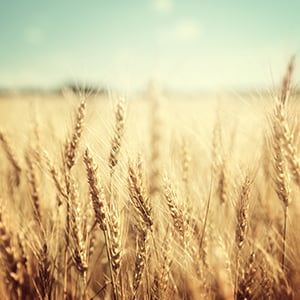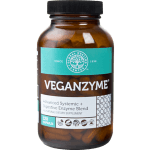Bromelain is a protein-digesting (proteolytic) enzyme complex that’s found in pineapple (Ananas comosus). The enzyme is present both in the fruit itself and in higher concentrations in the stem. It can hydrolyze or break down a variety of types of protein in both acid and alkaline environments. (more…)







